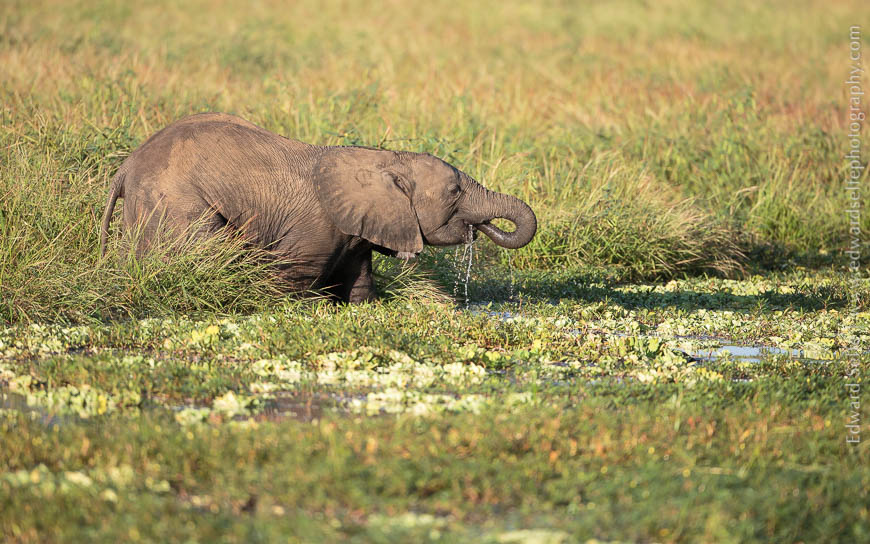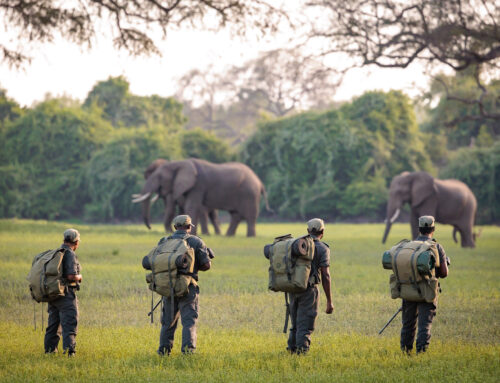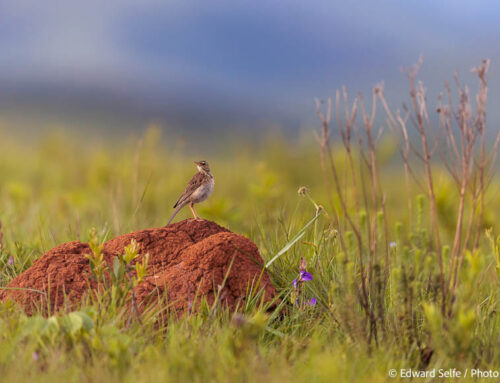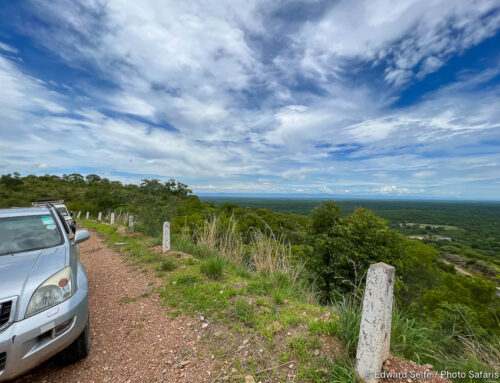I love April in the Luangwa. It’s the month when the temperatures begin to subside, the air dries out, the breeze develops a chill and Winter finally arrives. After 6 months of high temperatures, paired with high humidity for long periods, it’s a pleasure to be able to sit outside without becoming a bit sweaty within a few minutes!
But more than this, the cool weather begins drying out the park, a process which continues right through the safari season and ends with the first rainstorm in November; a lifetime away, or so it seems at this point. Between now and then, there lies a whole season of safari, exploration, photography and wonderful Luangwa sightings. April is the start of this, and in it lies the promise of a new season.
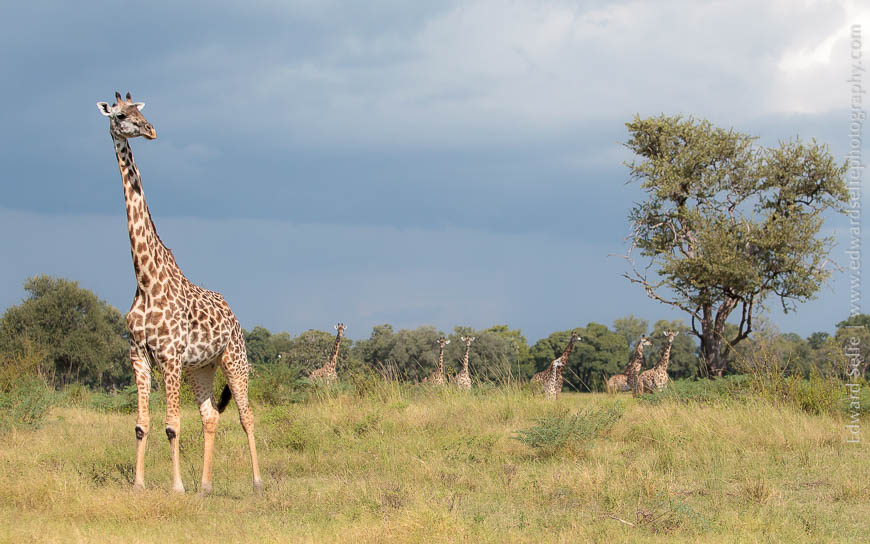
Almost immediately after the rains cease, the grass starts to die back. Grazers begin to make an impact on the vegetation loads and termites emerge in vast numbers to cut lengths of grass stem for their fungus gardens underground. Steadily the low-level vegetation thins out giving clearer views of game species.
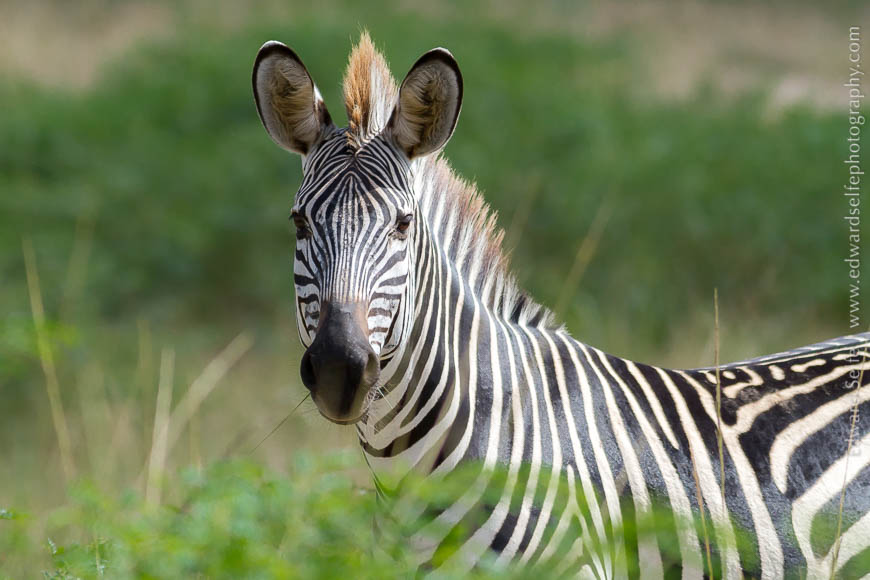
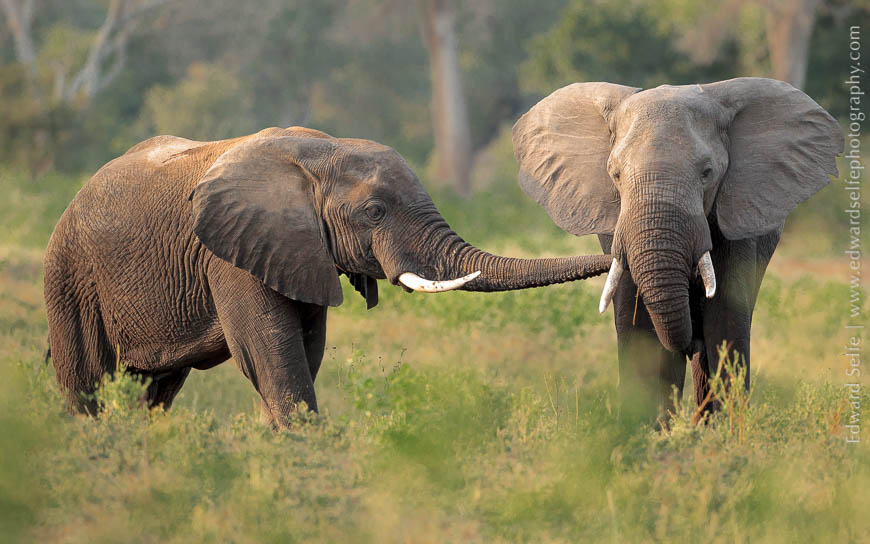
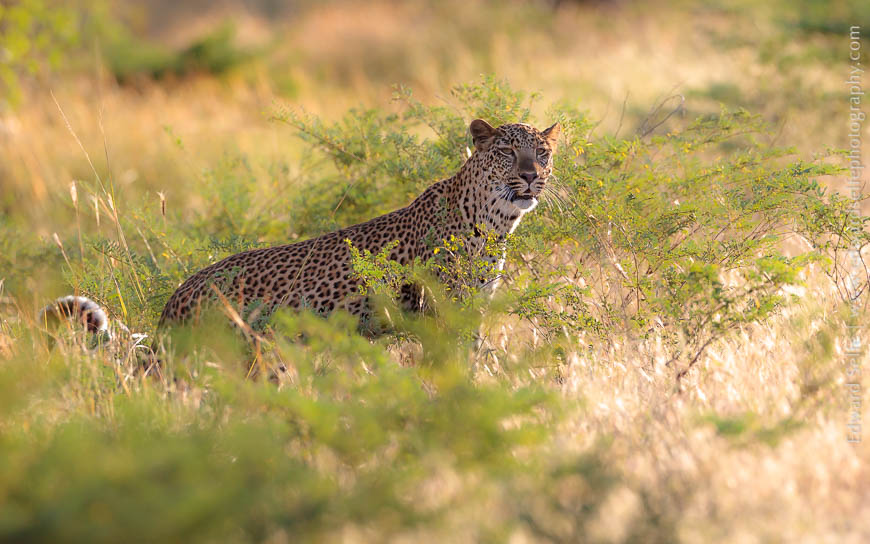
Birds are busy making use of the retreating waters and the mud-flats that are exposed. Migrants start to leave, and the endless chorus of Woodland Kingfishers and Thrush Nightingales, and the more subtle calls of Willow Warblers and Spotted Flycatchers retreat into the memory for another year.
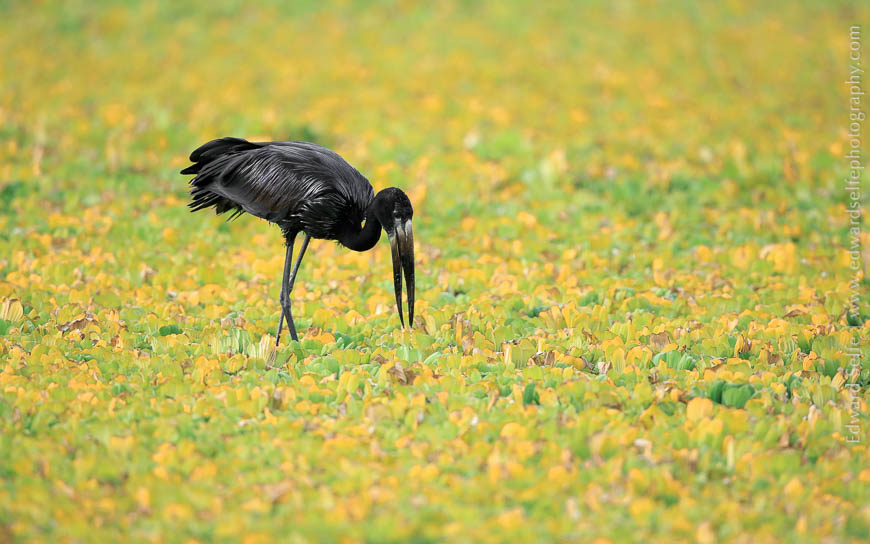
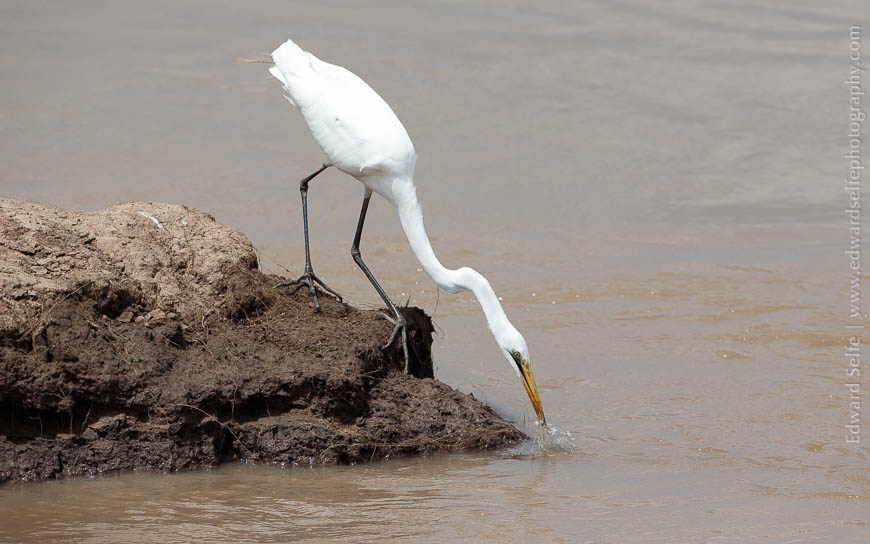
It’s a superb time for giraffes. For a long time these stately creatures have been avoiding the wettest areas along the river, where they tend to sink into the heavy, cloying soil. As areas dry up, the giraffes return and forage from bushes and trees that they have left untouched for months.
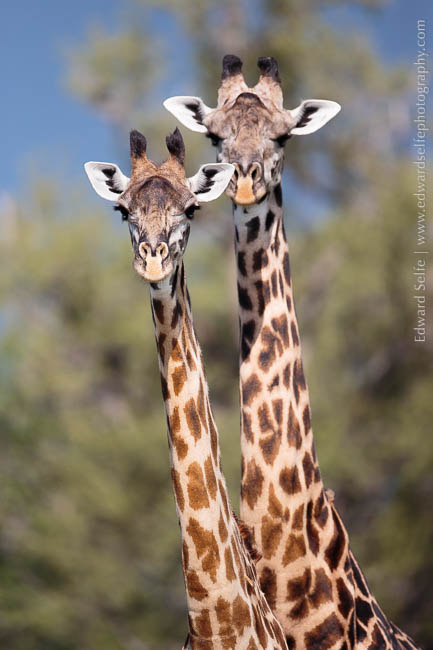
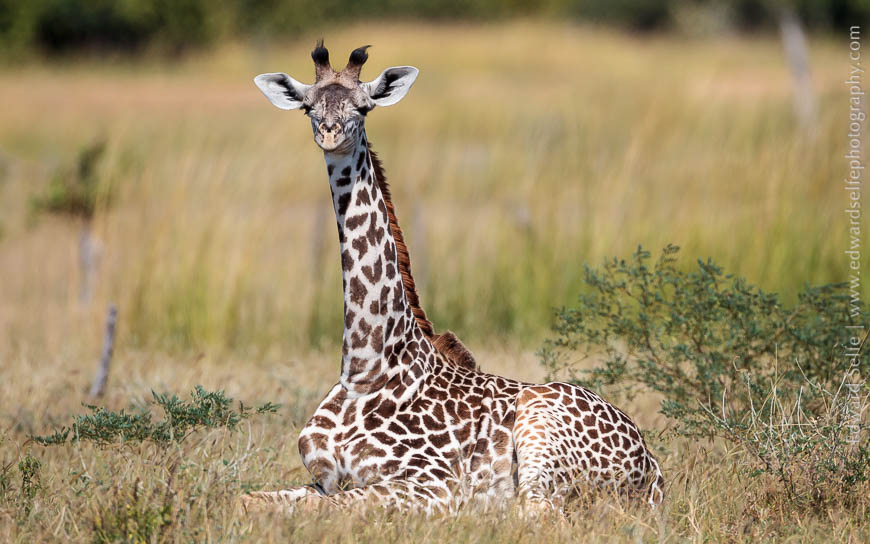
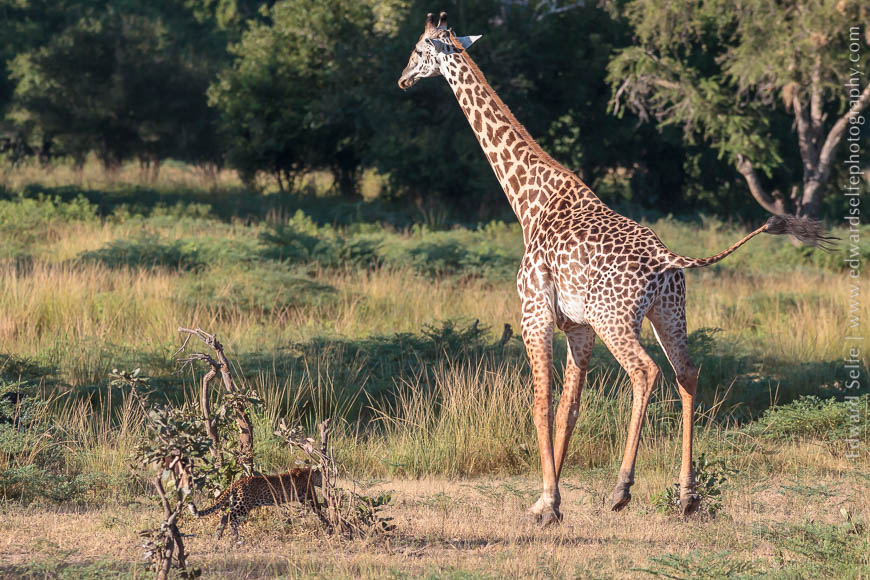
Predator sightings are good in April as the park dries up and we are able to access more areas. Added to this, the reduced ground-level vegetation makes it easier to spot them as they stalk through the grass and weave between the bushes. With so many insects persisting in the damp areas, leopards tend to seek refuge in the trees to enjoy a breeze and avoid the biting flies. We look for them in the thinning canopies of sausage trees and hidden in the forks of rain trees.
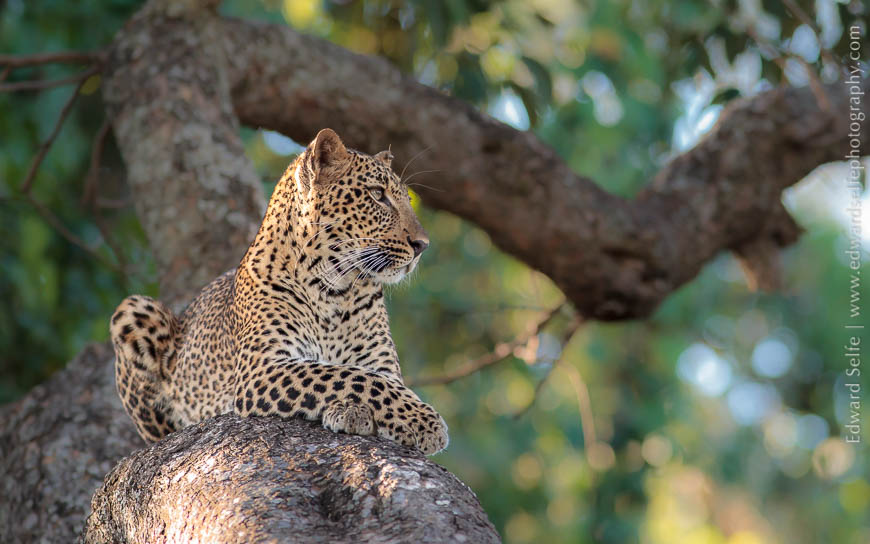
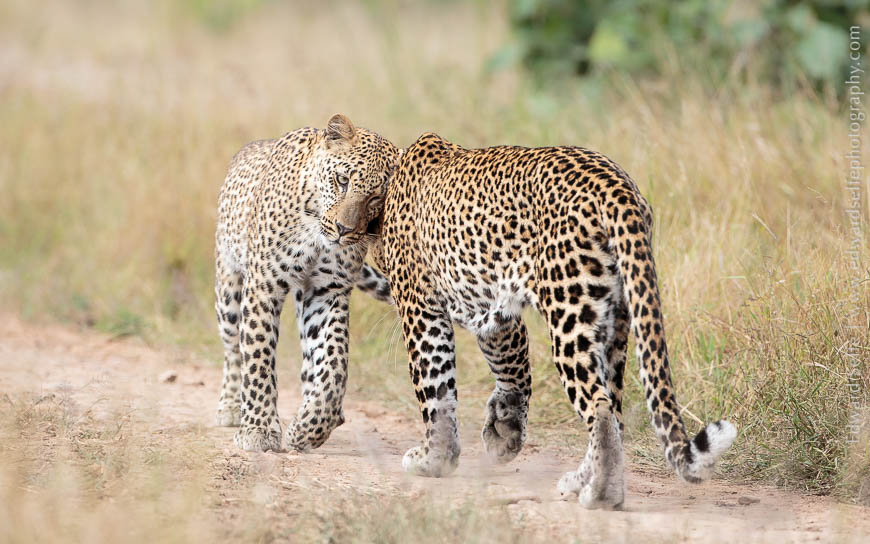
Lion movements tend to be driven by the arrival of buffalo herds, drawn towards the riverine areas by the need to access water. As the herds spend more time in the central areas of the park, our sightings of lions become more reliable and predictable.
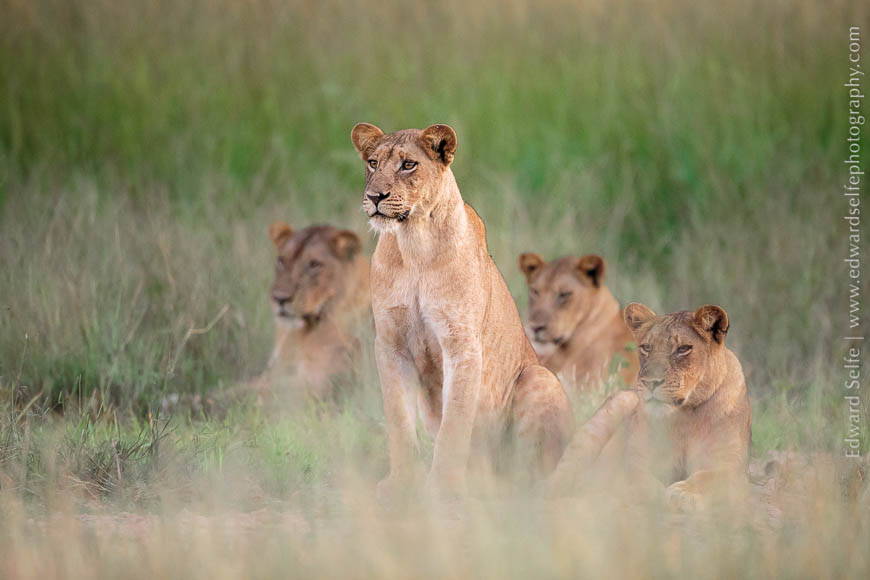
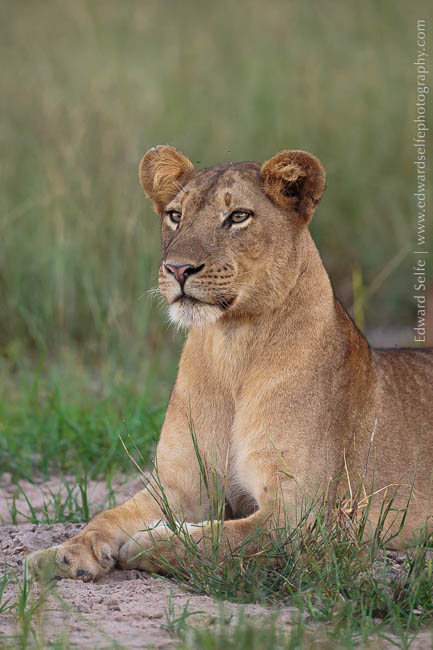
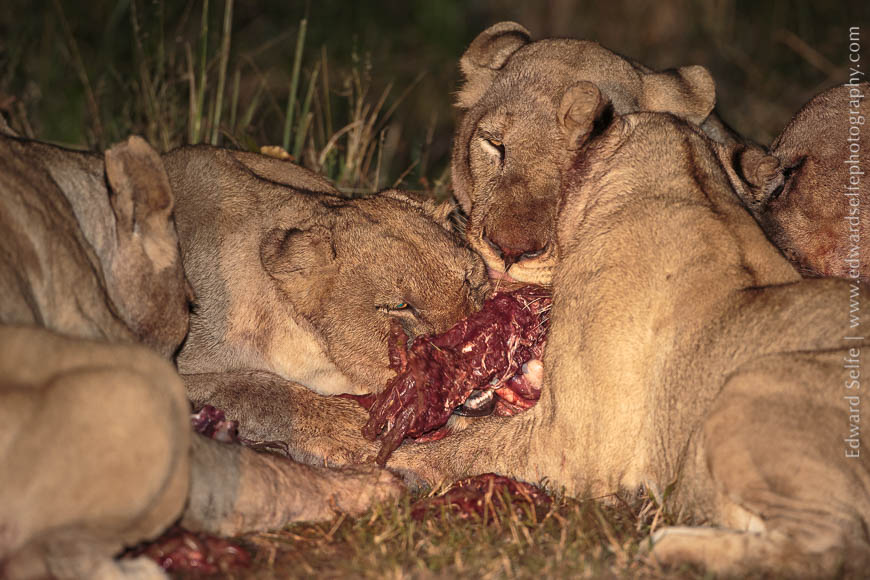
The amount of rain in April is highly variable and unpredictable ensuring that it’s not easy to tell when areas will be accessible and where inland water will remain. I remember watching wild dogs in early April one year, and being amazed at the dry conditions which appear more like photos from June or July!
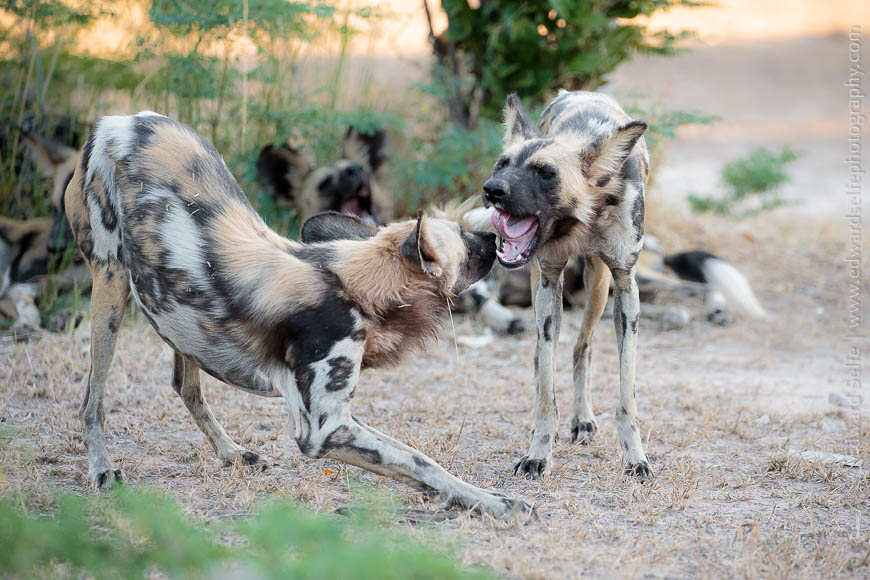
While April is generally dry and the rains are certainly coming to an end, there is always the chance of a final rain shower! I clearly remember an April 2015 sighting of lions feeding on a zebra carcass and as we drove away in the dark, the heavens opened and we were totally soaked! It was perhaps a fitting end to a very exciting sighting, but we did have to pack our cameras away pretty quickly!
